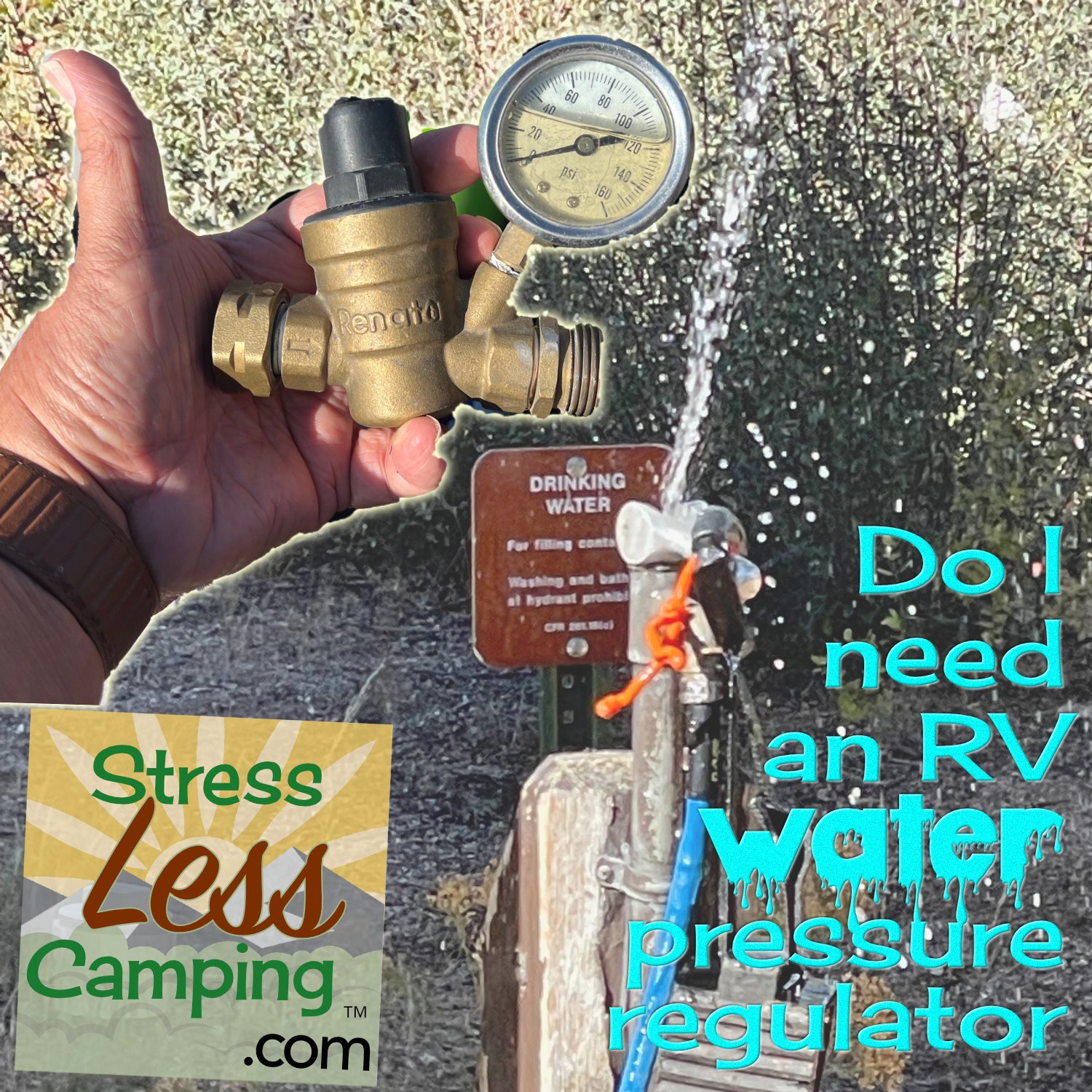How much wind is too much wind for an RV awning? When should you bring yours in?
How much wind is too much before you should bring your RV awning in? Will staking the awning down mean you can leave it out?
As a former warranty manager I saw lots of people’s awnings damaged by wind. Surprisingly it doesn’t take much wind to damage and awning and they are very expensive to replace. If the place where the awning is attached to your RV is damaged that can exponentially increase the cost of the repair.
And, no, no wind damage is covered by the warranty.
A sailing ship in Chicago with sails flying in the wind - like an RV awning
At what wind speed should I bring in my awning?
I see people ask at what wind speed they should bring in their awning. There really isn’t a specific answer to this but if there are even slight gusts happening I bring in my awning. If the awning is starting to shake in the wind, I bring in my awning.
The reason for this is that smaller gusts usually are accompanied by larger gusts. Larger gusts are where trouble can happen.
Even when staked down the awning is still a giant sail.
When you think about it an awning is nothing more than a very large sail. Instead of being mounted vertically like on a sail boat, it’s mounted horizontally. While it certainly can provide shade it can also catch the wind. Imaging the wind in a sail is powerful enough to move an entire boat.
When the awning catches the wind it now does what the large sails on a sailboat do. If the wind is strong enough it will seek the path of least resistance. That can be literally folding your awning over the roof of your RV or simply pulling it out of the side of the RV. I’ve seen both happen. They’re both expensive.
What if I have a wind sensor?
Wind sensors are a really good thing but they usually are activated when there’s enough wind to start moving the awning around. I’m sure you’ve seen that awnings are very slow to retract so if it’s already windy, it can be too late.
Without a doubt having a wind sensor is better than not having one, but it’s still your awning. I would still follow the tips below.
An awning that has come loose despite being tied-down.
What if I stake down my awning?
Staking down the awning is never a good idea for a few reasons.
It makes it much more involved to bring the awning in. If there is a sudden wind gust or the wind starts to blow, now you’ve still got a giant sail attached to your RV but one that is anchored to the ground.
Now the wind is going to blow and, again, seek the path of least resistance. This path can be pulling your stakes out of the ground, damaging the awning itself or simply ripping it right out of the side of the RV.
In fact friends of ours that we were camping with staked down their awning against my advice. Sure enough, a gust came up and pulled the awning right out of the side of their RV. I felt bad for them so I didn’t get pictures, but I wish I had gotten pictures for this story.
RV awning tips
Here are our best tips for RV awnings.
If you’re not under and enjoying your awning, roll it in.
Never leave an awning out unattended.
If you leave your site, roll your awning in.
Never leave an awning out overnight. Gusts of wind often can happen at night and you’ll be awakened by sounds you don’t want to hear.
Conclusions
An awning is a great asset to any RV and today’s power awnings make them almost effortless to extend and retract. The best practice, from my years as an RV warranty administrator and someone who spends a lot of time talking to a lot of RVers, is to simply open the awning while you plan to enjoy being under it.
If it’s too windy for a campfire, it’s too windy to leave the awning out. If you plan not to be outside enjoying the awning, it’s also too risky to leave the awning out.
Beaufort Wind Speed Chart
I thought I’d share the Beaufort wind scale below which was one of the first scales to estimate wind speeds and the effects and was created by Britain's Admiral Sir Francis Beaufort (1774-1857). He developed the scale in 1805 to help sailors estimate the winds via visual observations.The scale starts with 0 and goes to a force of 12. The Beaufort scale is still used today to estimate wind strengths.



























